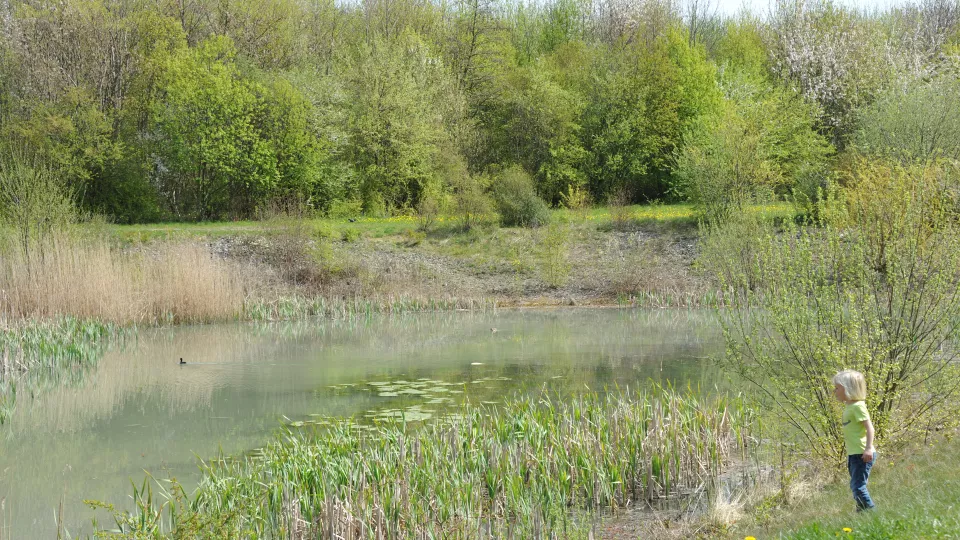Nature-based solutions to climate change and biodiversity loss are increasingly emphasised, most recently at the UN Climate Change Conference (COP27) and the UN Conference on Biological Diversity (COP15). Examples of nature-based solutions are sustainable land use, wetland restoration and stream and river reopenings. They can also include green spaces and rain gardens in cities, which, unlike concrete and asphalt, absorb rainwater and thus prevent flooding. At the same time, they provide habitats for many different species and a place for recreation.
- One of the first challenges we faced when we started the project was to agree on what we meant when we talked about nature-based solutions. It's essential that we mean the same thing by the term across the Nordic region to develop a common approach, says Helena Hanson, a researcher at the Centre for Environmental and Climate Science at Lund University.
In the Nordic countries, the knowledge and use of nature-based solutions are now increasing, according to the new report "Working with Nature-Based Solutions: Synthesis and mapping of status in the Nordics". The report provides an overview of the research situation, the countries' governance structures, the main challenges and examples of projects implemented. Nature-based solutions are highlighted as a cost-effective way to achieve sustainable development goals and include the environment, climate and human well-being.
Five key points for success
What will it take for the solutions to be implemented on a larger scale in the Nordic region? The researchers list five key points:
- Clear political priority to integrate nature-based solutions into policy and practice.
- Effective institutional structures, processes and policy instruments at all levels of government to facilitate the implementation of nature-based solutions.
- Improved financing structures for nature-based solutions.
- Common standards, long-term monitoring and better cost-benefit analysis of nature-based solutions.
- Strengthened evidence base at all stages of nature-based solutions projects.
The report was produced by researchers in the S-ITUATION project, led by NIVA (Norwegian Institute for Water Research) and funded by the Nordic Council of Ministers. It is the first of five projects included in a Nordic programme on nature-based solutions and was also presented at the UN Climate Change Conference COP27 in Egypt.
- There are great opportunities to work in a more coordinated way to implement nature-based solutions in different sectors, such as agriculture, forestry and urban areas. To make effective use of these opportunities, cross-sectoral cooperation is needed. Central authorities need to work with the same instruments and together, says researcher Johanna Alkan Olsson at the Centre for Environmental and Climate Science, Lund University.
